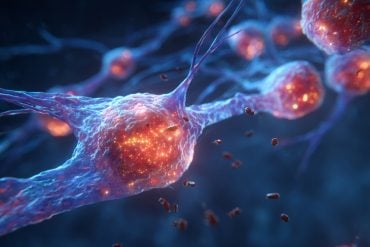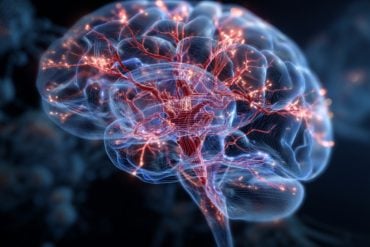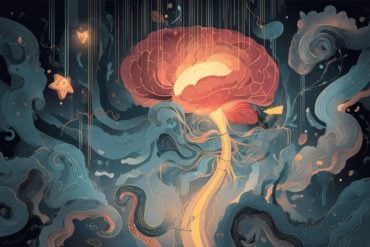Summary: Researchers have developed a brain-based test that diagnoses excessive daytime sleepiness in just two minutes, potentially replacing the lengthy hospital-based procedure currently used. Using EEG to track neuronal excitability, this test detects how quickly a person is likely to fall asleep, indicating their overall sleepiness level.
This new method may aid in assessing sleep disorders and help determine fitness for activities requiring high alertness, such as driving or operating machinery. By providing a quick, accessible measure of sleepiness, the test could also improve workplace safety and support people with chronic sleep issues.
Key Facts:
- New EEG-based test diagnoses daytime sleepiness in just two minutes.
- Tracks neuronal excitability to gauge sleepiness with high accuracy.
- Could enhance workplace safety by identifying sleepiness-related risks.
Source: University of South Australia
At some point, many of us have experienced the post-lunch sleepy hour, struggling to stay alert mid-afternoon, and reaching for the water bottle to rehydrate a tired body.
But what about those people who suffer from “excessive daytime somnolence”, aka sleepiness that lasts throughout the day?
It’s a recognised medical condition that is normally diagnosed by a doctor after a full-day hospital procedure, undergoing what is called the Multiple Wakefulness Test (MWT).

Now, researchers from the University of South Australia have identified a new, brain-based measure of sleepiness that may provide a diagnosis in just two minutes.
Electrodes attached to the scalp in the form of an electroencephalogram (EEG) measure the electrical activity of the brain and this activity can determine the length of time it takes an individual to fall asleep.
In a separate, recent paper published in Brain Research, lead researcher, UniSA neuroscientist Dr Alex Chatburn, says that using new EEG markers linked to biological processes could predict whether someone is safe enough to drive, operate machinery, or even have the mental capacity to sit an exam.
“Sleepiness is a critical biological signal that indicates the body’s need for sleep, yet measuring this state in humans remains elusive,” Dr Chatburn says.
“While EEG technology has long been used to study brain activity during sleep, traditional markers face significant limitations and don’t tell the whole story. They don’t reflect the underlying biological processes, whereas our method tracks neuronal excitability, corresponding with the brain’s sleep-wake processes.”
Dr Chatburn says the research has wide-ranging implications.
“A better understanding of sleepiness could not only advance scientific knowledge, but also provide practical benefits for managing sleep disorders like insomnia, sleep apnoea or other disorders where individuals experience disrupted sleep but do not feel sleepy.
“These findings could also inform workplace safety, where detecting and managing sleepiness could prevent accidents in industries that demand high levels of attention.”
About this sleep and neurotech research news
Author: Candy Gibson
Source: University of South Australia
Contact: Candy Gibson – University of South Australia
Image: The image is credited to Neuroscience News
Original Research: Open access.
“Considerations towards a neurobiologically-informed EEG measurement of sleepiness” by Alex Chatburn et al. Brain Research
Abstract
Considerations towards a neurobiologically-informed EEG measurement of sleepiness
Sleep is a daily experience across humans and other species, yet our understanding of how and why we sleep is presently incomplete.
This is particularly prevalent in research examining the neurophysiological measurement of sleepiness in humans, where several electroencephalogram (EEG) phenomena have been linked with prolonged wakefulness.
This leaves researchers without a solid basis for the measurement of homeostatic sleep need and complicates our understanding of the nature of sleep.
Recent theoretical and technical advances may allow for a greater understanding of the neurobiological basis of homeostatic sleep need: this may result from increases in neuronal excitability and shifts in excitation/inhibition balance in neuronal circuits and can potentially be directly measured via the aperiodic component of the EEG.
Here, we review the literature on EEG-derived markers of sleepiness in humans and argue that changes in these electrophysiological markers may actually result from neuronal activity represented by changes in aperiodic markers.
We argue for the use of aperiodic markers derived from the EEG in predicting sleepiness and suggest areas for future research based on these.







